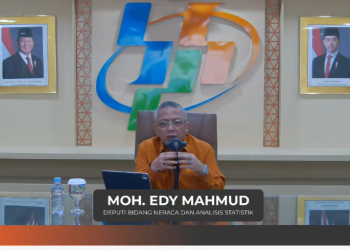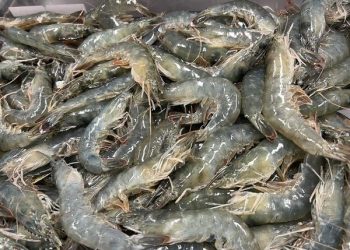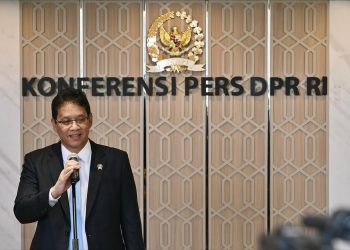Jakarta, Indonesia Sentinel — PT Sri Rejeki Isman Tbk (Sritex), a prominent name in Indonesia’s textile industry, along with its subsidiaries—PT Sinar Pantja Djaja, PT Bitratex Industries, and PT Primayudha Mandirijaya—has officially been declared bankrupt. This conclusion follows the Supreme Court’s rejection of the company’s cassation appeal, marking the end of Sritex’s efforts to overturn a prior bankruptcy ruling.
The appeal, filed by Sritex’s legal counsel Aji Wijaya & Co, aimed to annul the bankruptcy decision issued by the Semarang Commercial Court. However, on December 18, 2024, the Supreme Court delivered its final decision through ruling No. 1345 K/Pdt.Sus-Pailit/2024, stating unequivocally: “Appeal rejected.” This decision solidifies the bankruptcy status previously declared for Sritex and its subsidiaries, rendering the verdict legally binding and final.
Background of the Bankruptcy Case
The bankruptcy case against Sritex began when the Semarang Commercial Court ruled against the company on October 21, 2024. The case, presided over by Chief Judge Moch Ansor, was filed by PT Indo Bharat Rayon, a creditor of Sritex, who claimed the company had defaulted on its financial obligations. These obligations were part of a homologation agreement ratified on January 25, 2022, under case No. 12/Pdt.Sus-PKPU/2021/PN Niaga Smg.
The court found Sritex in violation of its debt restructuring agreement, leading to the annulment of the previous homologation approval. Alongside PT Sri Rejeki Isman Tbk, its subsidiaries—PT Sinar Pantja Djaja, PT Bitratex Industries, and PT Primayudha Mandirijaya—were also declared bankrupt as part of the ruling.
Sritex had been seeking to maintain its operations through the settlement plan; however, the Supreme Court’s ruling leaves the company and its subsidiaries with no further legal recourse to avoid bankruptcy.
Implications of the Supreme Court’s Decision
The Supreme Court’s decision to reject the appeal reinforces the bankruptcy declaration, leaving Sritex and its subsidiaries to face further legal and financial repercussions. The company, once a major player in Indonesia’s textile manufacturing industry, must now undergo the processes associated with bankruptcy, which include liquidation and addressing outstanding obligations to creditors.
The rejection of the cassation has essentially extinguished any hope for the company to recover from its financial troubles through legal avenues. Despite previous efforts to resolve the matter through renegotiation and settlement, the court’s decision signifies that the homologation agreement will not be reinstated, and the bankruptcy status is irreversible.
A Decline for Indonesia’s Textile Giant
The bankruptcy of Sritex marks a significant turning point for the textile sector in Indonesia. Once a leading producer with a strong domestic and international presence, Sritex has faced mounting challenges in recent years. The company’s financial difficulties stem from a combination of factors, including mounting debts, operational setbacks, and external economic pressures.
Sritex’s fall serves as a cautionary tale for businesses operating in volatile market conditions. The inability to meet financial obligations and the subsequent legal battles highlight the importance of effective debt management and sustainable business practices in a competitive industry.
Petition Against Indonesia 12% VAT Increase Surpasses 100,000 Signatures
Future Prospects
As of now, the future of Sritex and its subsidiaries remains uncertain. With the bankruptcy status now legally binding, the company’s assets may be subject to liquidation, and its operations could be significantly scaled down or entirely ceased. The decision also impacts its workforce, suppliers, and broader stakeholders, who will likely face repercussions from the company’s financial collapse.
While bankruptcy often signals the end for many companies, it is possible that parts of Sritex’s operations or assets could be restructured under new ownership or management. However, such prospects depend on the outcome of the liquidation process and any potential interest from investors.
In the broader context, Sritex’s bankruptcy reflects the challenges faced by Indonesia’s manufacturing sector as it navigates economic pressures and global market dynamics.
(Becky)

























